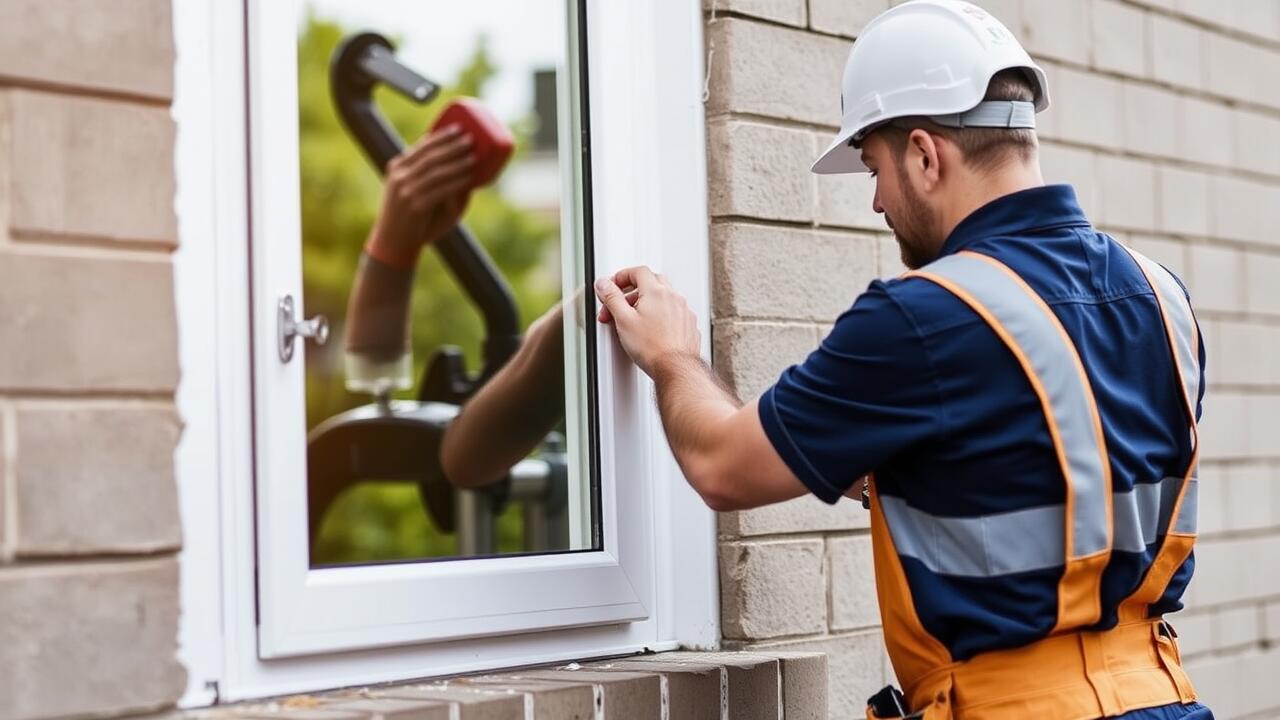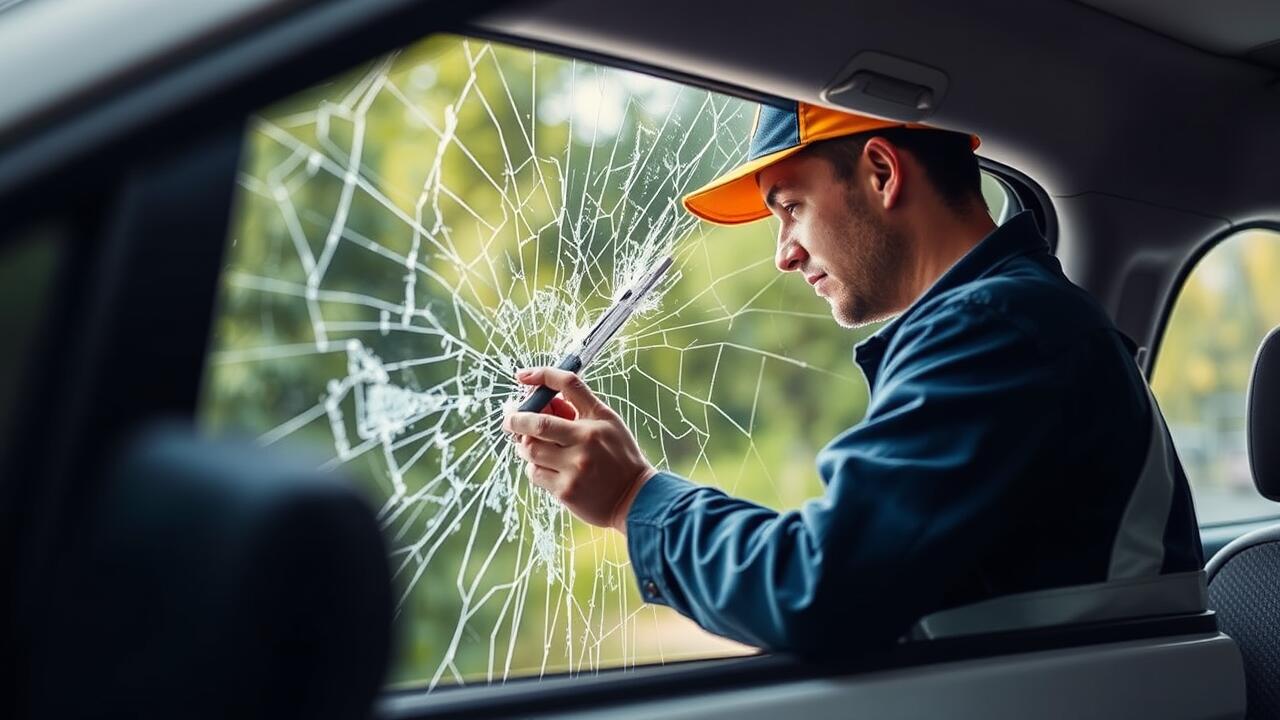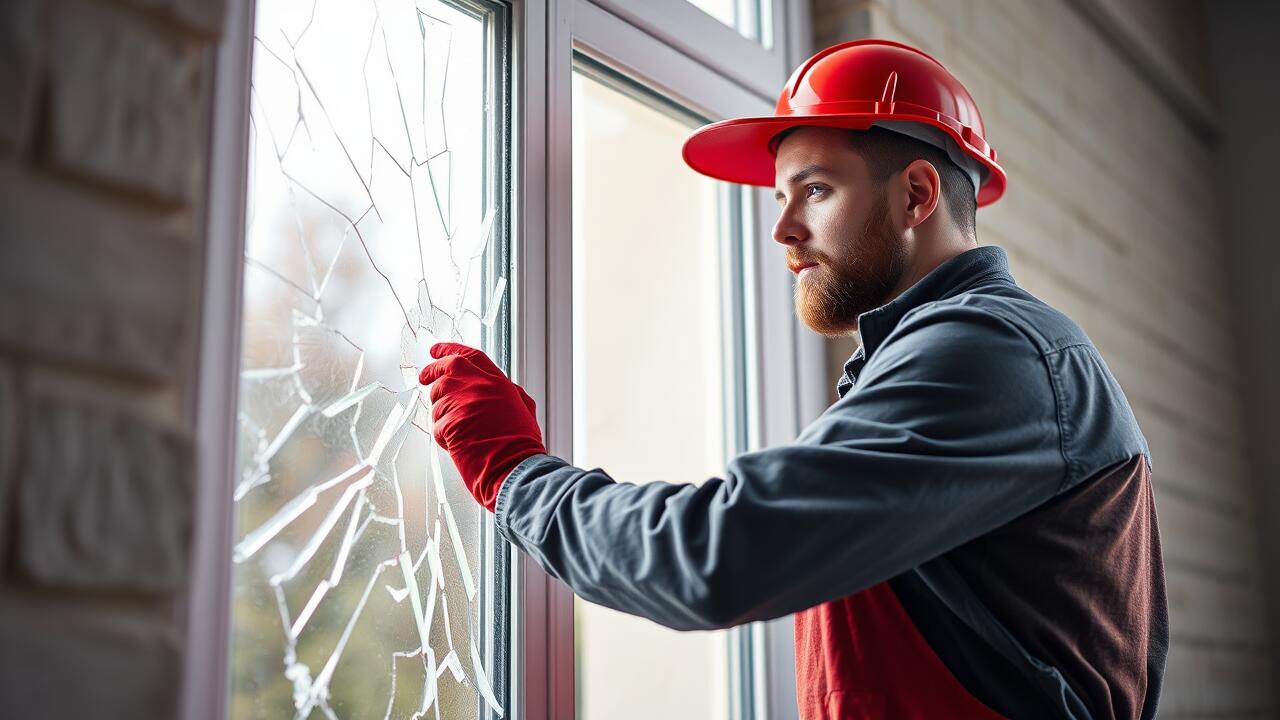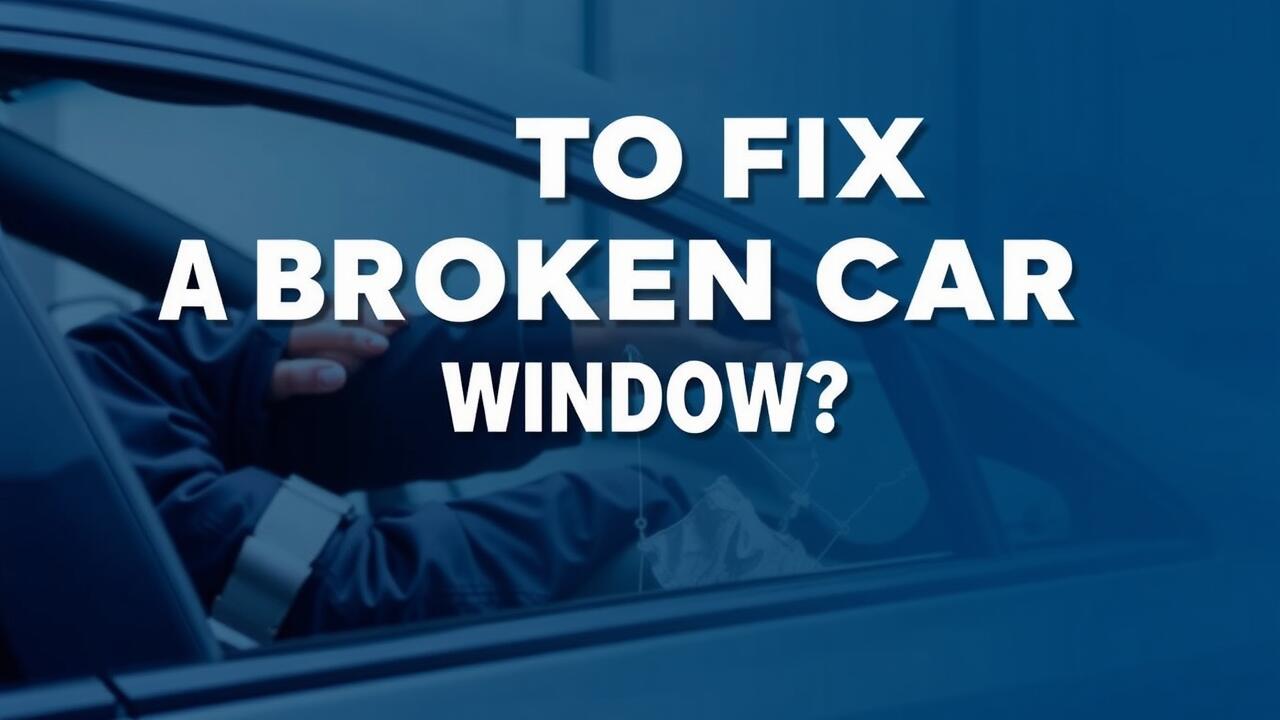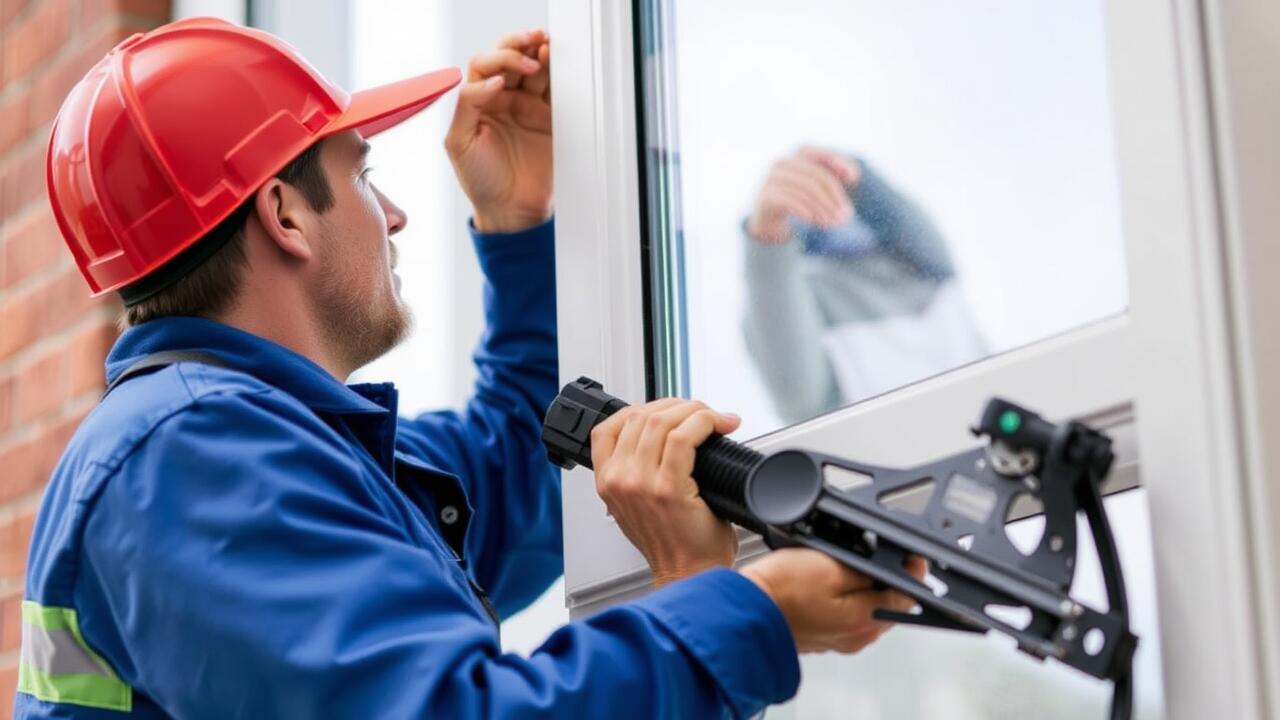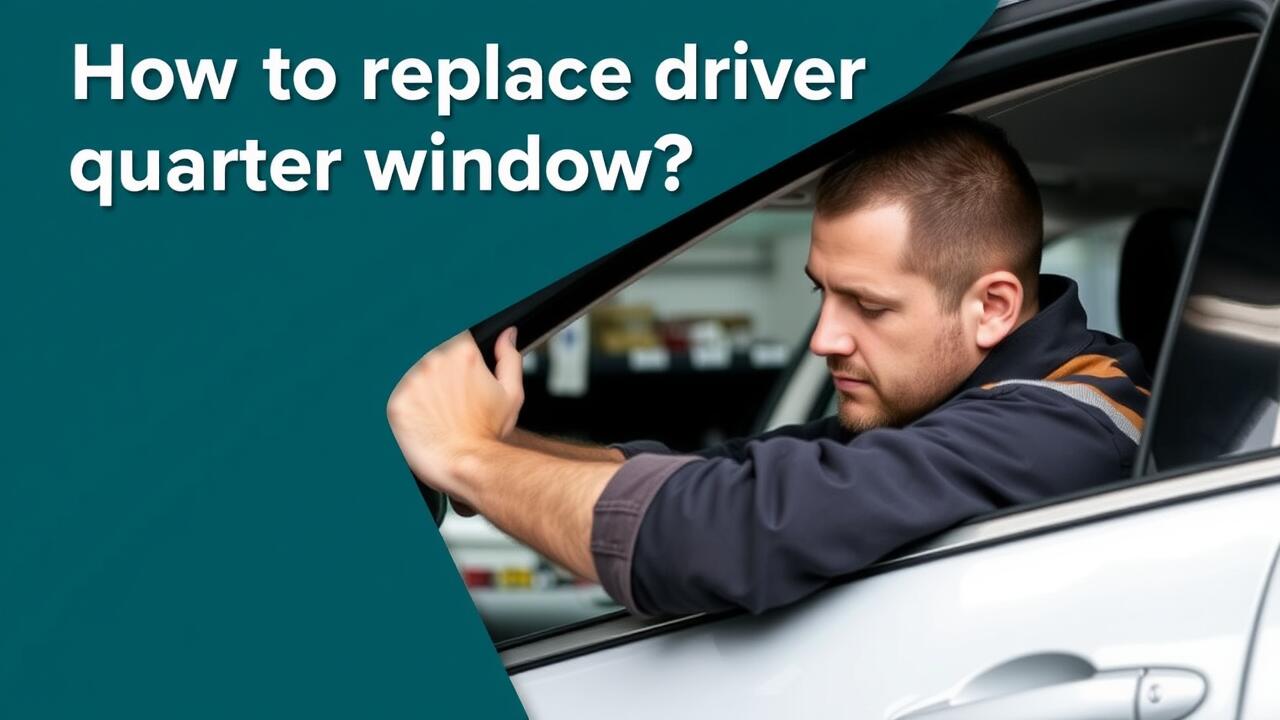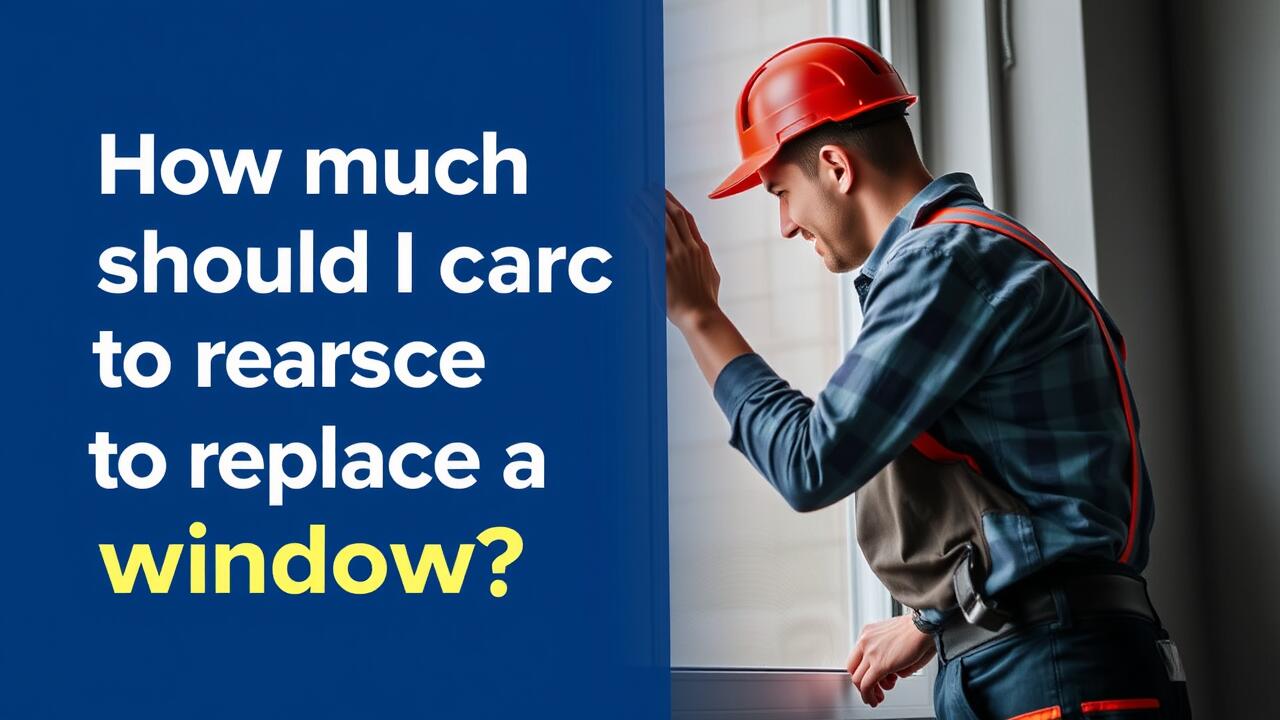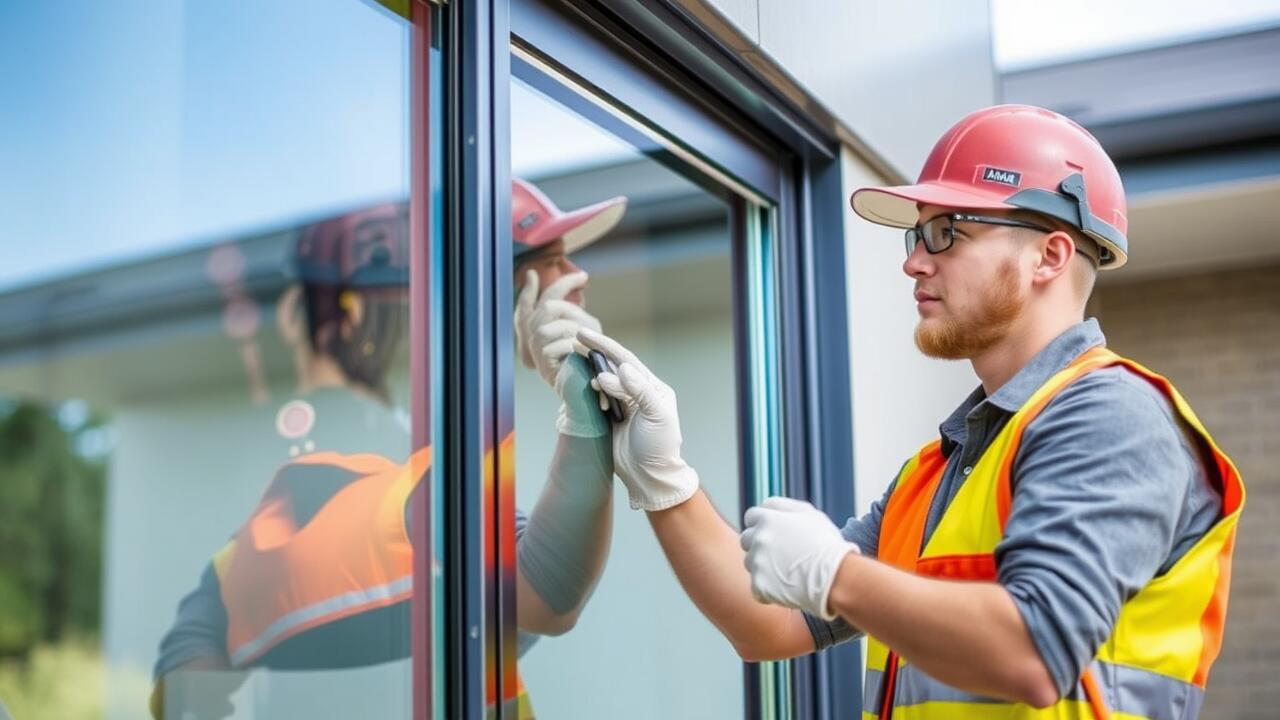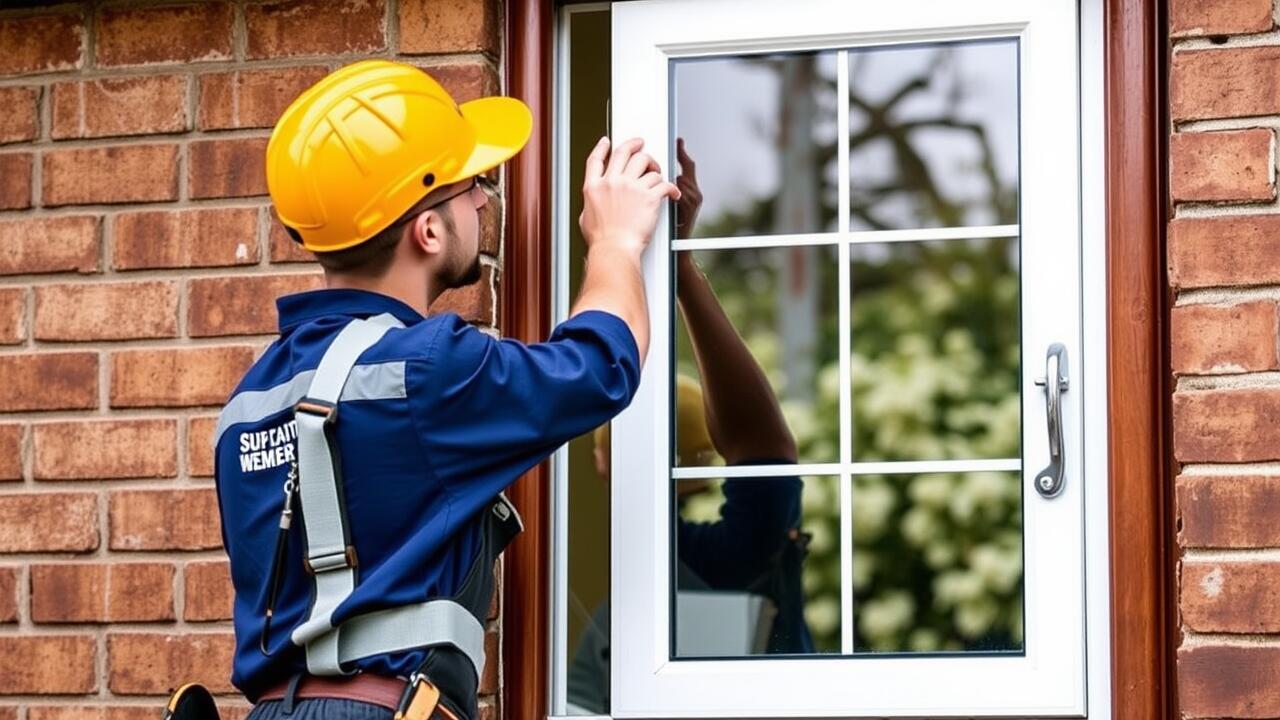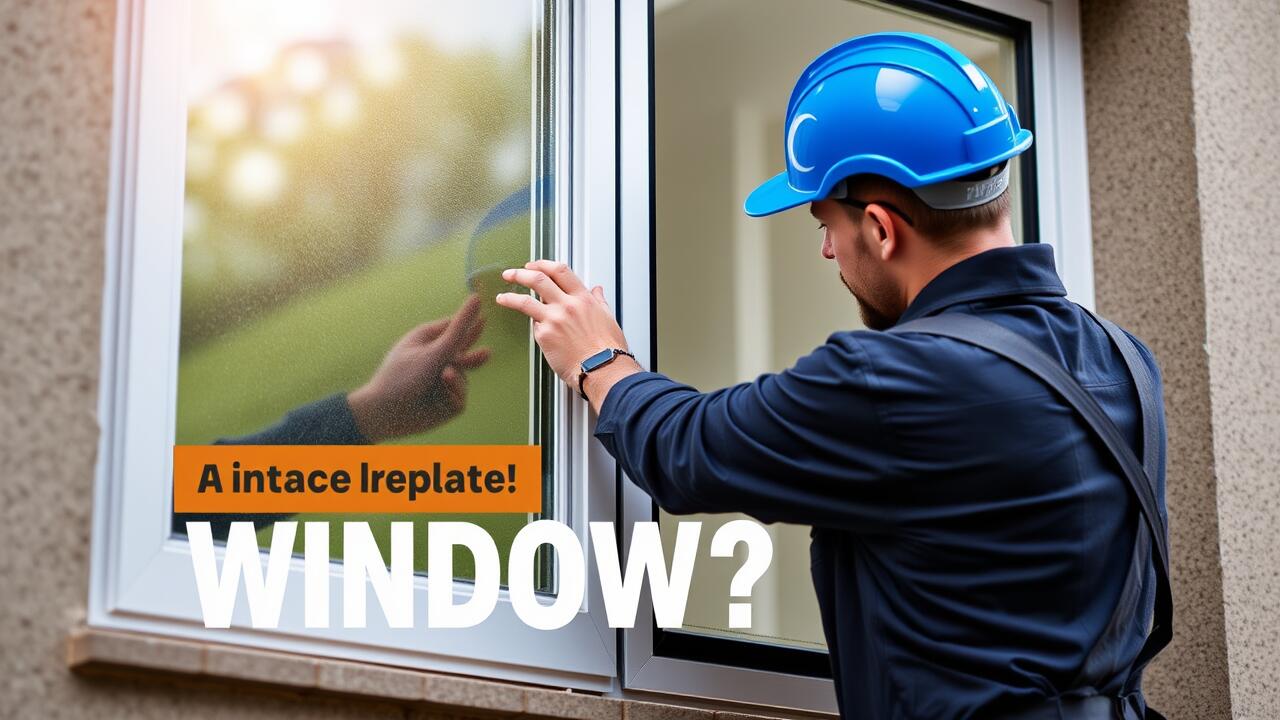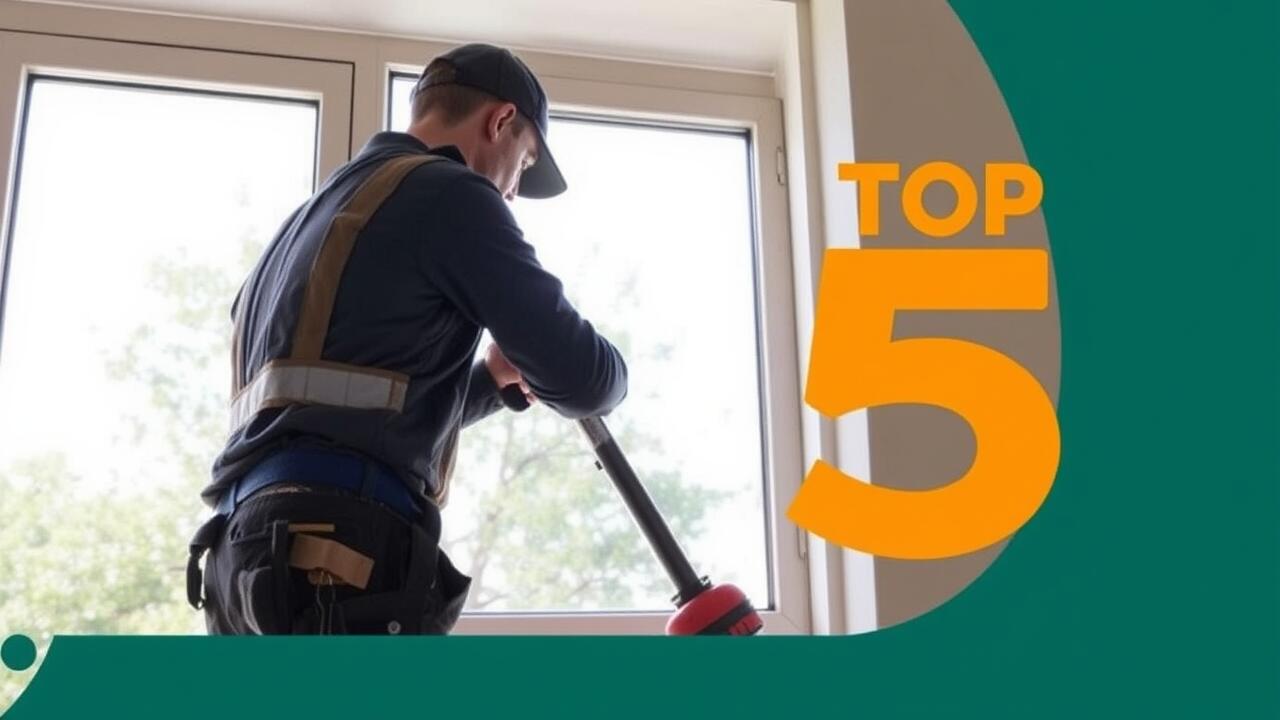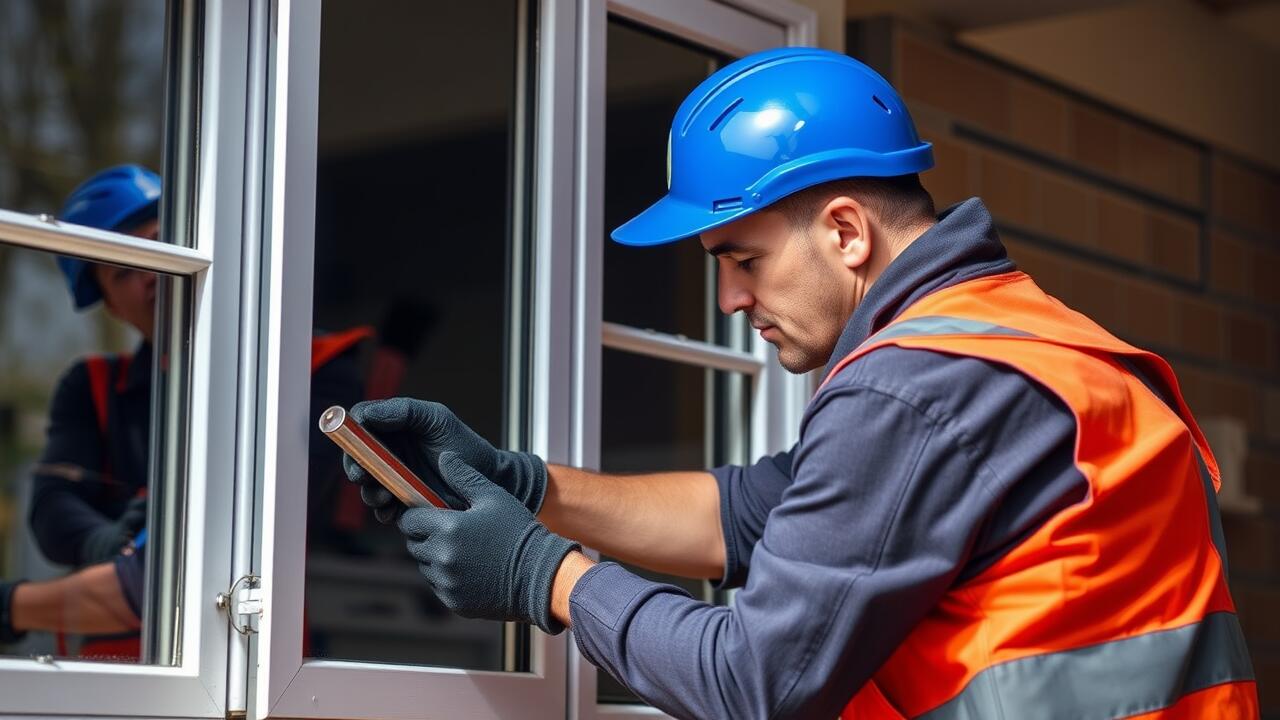
Table Of Contents
Examining the Window Regulator
When your side window won’t roll up, a primary component to examine is the window regulator. This device is responsible for controlling the movement of the window glass. Over time, wear and tear can lead to various malfunctions, which might render your window inoperable. A thorough inspection of the regulator can reveal if it is misaligned, damaged, or completely broken. If you find that the regulator is indeed faulty, replacement may be necessary.
It’s crucial to identify the type of regulator your vehicle uses, as there are both manual and powered versions. Electrical regulators are more common in modern cars and can sometimes be reset by disconnecting the battery. However, if the issue persists after a reset, you may need to consider a side window replacement. Taking the time to investigate the regulator thoroughly can help prevent further complications down the line, ensuring that your window functions properly again.
Recognising Regulator Problems
When a side window fails to roll up, the issue often lies with the window regulator. This component is responsible for the smooth operation of the window glass. A malfunctioning regulator may result in the window being stuck in the down position or moving erratically. Signs of a faulty regulator include abnormal sounds, such as grinding or clicking, when attempting to operate the window. These symptoms suggest it’s time to examine the regulator closely for any wear or breakage.
If the regulator is identified as the root cause, replacing it may become necessary to restore functionality. A side window replacement can be costly, but addressing the regulator issue quickly can prevent further damage to the window mechanism. Regular maintenance and immediate attention to warning signs can help avoid more extensive repairs down the line.
Investigating Wiring Issues
When dealing with a side window that won’t roll up, faulty wiring could be a significant factor. The wiring in your vehicle is responsible for transmitting power to the window motor. If there is a break or disconnection in this wiring, it can prevent the window from functioning correctly. Inspect the wiring harness for any visible damage, including fraying or corrosion. It’s essential to check the connectors as well; loose or dirty connections can lead to intermittent issues with the power supply.
In addition to visible damage, testing the wiring system can provide further insights into the problem. Use a multimeter to check for continuity and voltage at the motor connector while operating the switch. If the readings are inconsistent or absent, the wiring may need repair or replacement. In some cases, if the window mechanism is damaged beyond repair, you might need to consider a Side Window Replacement to restore functionality. Addressing wiring issues promptly will help ensure that the window operates smoothly and avoid further complications.
Common Wiring Faults to Look For
Wiring issues can often be the root of the problem when a side window refuses to roll up. Common faults include frayed or broken wires, as well as loose connections that may disrupt the current flow. Inspect the wiring harness, particularly around the door jamb, where movement can cause wear over time. If the electrical connection appears damaged, repairs will be necessary to restore functionality.
Another aspect to check is the window switch itself. A faulty or damaged switch can prevent the window from responding to commands, leading to assumptions of a more complex issue. If the wiring looks intact and the switch fails to work, it might be time to consider professional help. In some cases, taking the vehicle to a specialist for a side window replacement might become the best option.
Temporary Solutions
If you find yourself in a situation where the side window won’t roll up, considering a temporary fix can prevent further damage or exposure to the elements. A simple yet effective method is to use painter's tape or duct tape. Apply a strip over the window’s edge and securely fasten it to the vehicle frame. This approach provides a temporary seal against rain and wind, allowing you to drive while ensuring the window remains in place until you can address the underlying issue.
Another option is to use a piece of lightweight plastic or cardboard to create a makeshift cover for the open window. This can be taped or wedged into the window frame to block out the weather. While these solutions are not permanent fixes, they can be invaluable until you’re able to visit a professional for a complete side window replacement. It is always advisable to get the issue seen to promptly to avoid complications in the future.
How to Keep Your Window Up
If your side window won’t roll up, you may need to resort to temporary solutions to keep it secure. One effective method is to use tape, such as duct tape or masking tape, to hold the window in place. Carefully apply the tape across the top of the window and attach it to the car frame, ensuring it remains tight without damaging the glass. This won’t restore functionality, but it ensures that the window stays up until you can address the issue.
Another option is to use a quick release or rubber wedge to fill the gap. This can help prop the window in its closed position. While these methods can provide a temporary fix, it’s crucial to focus on the underlying problem. Ignoring the issue could lead to further complications, necessitating a Side Window Replacement down the line. Keeping the window secure protects the interior of your vehicle and maintains safety while you plan for repairs.
FAQS
What are the common signs that my window regulator is faulty?
Common signs include strange noises when attempting to roll the window up or down, the window moving slowly or not at all, or the window getting stuck in a partially open position.
How can I check if the wiring is causing my window issue?
You can visually inspect the wiring for any obvious damage, such as fraying or breaks. Additionally, using a multimeter can help you test for continuity in the wiring.
Are there any temporary solutions to keep my window up if it won't roll up?
Yes, you can use tape, a wedge, or even a towel to hold the window in place temporarily until you can get it repaired.
How much does it typically cost to repair a window regulator?
The cost can vary depending on your vehicle make and model, but repairs can range from $100 to $400, including parts and labour.
Should I attempt to fix the window myself or hire a professional?
If you have experience with car repairs and are comfortable with the tools needed, you might attempt the repair yourself. However, if you’re unsure, it's best to hire a professional to avoid further damage.
